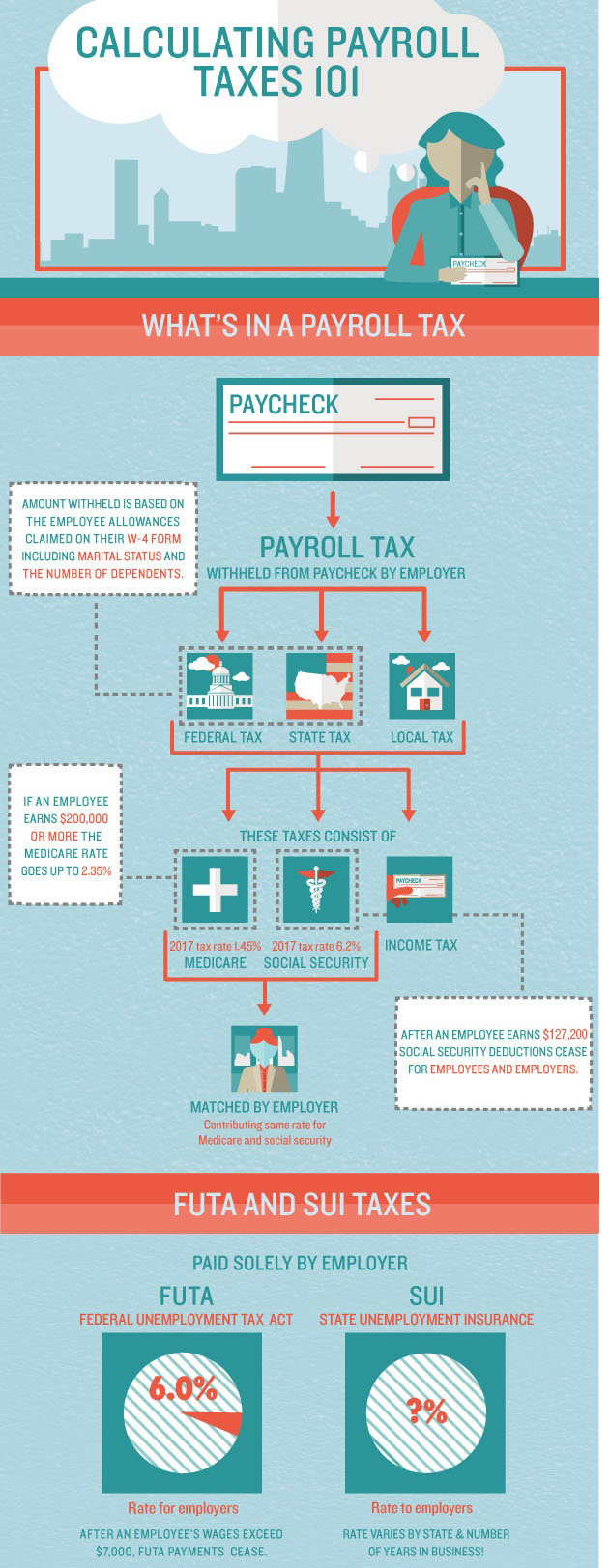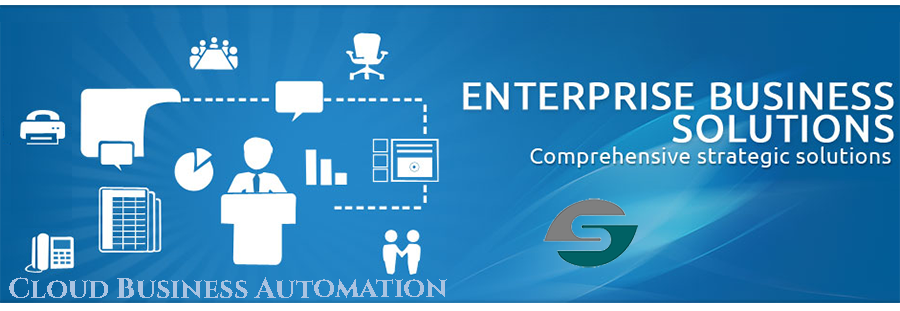 EMPLOYER || CANDIDATE
EMPLOYER || CANDIDATE
Virtual Staff Benefits
Employer

Employer Tax Liabilities
What You’ll Pay
Fit Small Business ran the numbers and estimates that employers should expect to pay 10 percent or more to cover payroll taxes, unemployment taxes, and workers’ compensation insurance.
Because unemployment taxes and social security taxes phase out after a certain compensation level, you will pay a higher relative percentage for low-paid employees than you will for well-paid ones.
If you do business in a state with a high unemployment tax rate and a higher workers’ compensation rate — like New York or California — that will also add on a few more percentage points.
Alternatives
If you don’t want to pay extra taxes, insurance, and payroll processing costs, consider independent contractors and consulting firms. They’ll probably charge a higher rate than what you’d pay an hourly employee, but it may be worth avoiding the taxes and hassle.
If you truly need to hire an employee for help, consider your family members first. The IRS offers payroll tax perks to sole proprietors and partnerships that hire children and spouses.
If they meet the requirements, small-business owners don’t have to pay Social Security, Medicare or FUTA taxes when they employ their children, and can avoid FUTA tax if they hire a spouse.
Social Security Tax
The tax you pay as an employer funds Social Security benefits. For 2017, you’ll pay 6.2 percent on each employee’s wages up to $128,400. After an employee’s annual wages exceed $128,400, no more tax is levied.
Medicare Tax
These contributions go toward the general Medicare fund. For 2017, you’ll pay 1.45 percent of each employee’s salary as Medicare tax. Unlike Social Security, there’s no wage base limit for the Medicare tax.
However, you do need to withhold an additional 0.9 percent from each employee’s paycheck after the person’s wages exceed $200,000 in a calendar year.
Federal Unemployment Tax Act (FUTA)
The federal unemployment insurance system, along with the state systems, funds benefit payments for unemployed workers. For 2017, the FUTA rate is 6 percent of the first $7,000 of employee wages.
State Unemployment Tax
Along with the federal unemployment tax, you may be subject to a state unemployment tax. Tax rates and policies vary by state.
Luckily, employers can take a credit for the state unemployment tax they pay against the FUTA tax. The maximum credit is currently 5.4 percent.
Other Expenses
There are other expenses that are hard to avoid when you bring on an employee. All states require that you purchase workers’ compensation insurance once you have someone on payroll.
Rates vary by state, but a 2014 report from the state of Oregon noted that the median rate is around $1.85 per $100 of payroll, or 1.85 percent of an employee’s salary. If you’re in California, you could pay up to 3.5 percent of total wages to cover workers’ compensation.
Virtual Staff Efficiency Report
Virtual Assistant vs Full Time Admin
Its in the numbers.
Pure and simply.
No magic tricks.
No magic potions.
Yes of course transitioning from a traditional business model to a virtual model will take some effort and work, but the reduction to business overhead which is significantly reduced in the 2 areas where most business report the most expenses ...
Payroll and Real Estate, is too substantial to overlook
The business model is no longer a Silicon Valley experiment, its a proven profitable business model assembled successfully in every industry.
$15 || Hourly Rate || $15
$5.25 || Employee Benefits || $0
$3.75 || Employee taxes || $0
$9 || Office Space/Materials/Equip || $0
$33 || Cost Per Hour || $15
$84,640 || Salary || $31,200
 Save Money
Save Money
Consider Benefits, Insurance, Taxes, Real Estate
 Save Time
Save Time
Be more Productive and Efficient, take advantage of 24/7 WorkForce
 Top Tier Talent
Top Tier Talent
Dont be Limited to Local Talent and Local Cost of that Talent

Reduce HR Risk & Cost
Every single Hire that your HR makes poses a risk to your business and brand reputation
 Focused Strategy
Focused Strategy
Use Talent When and Where You Need, Plug in and Plug out the employees that perform best at each task.
 Virtual Project Management
Virtual Project Management
Plan, assign, communicate, execute, test and employ.
Technology Advances![]()
Use Technology to enhance your business from top to bottom

Minimize Company Wide Risk & Liability
From loses to bad hires to litigation, eliminate the possibility.






















